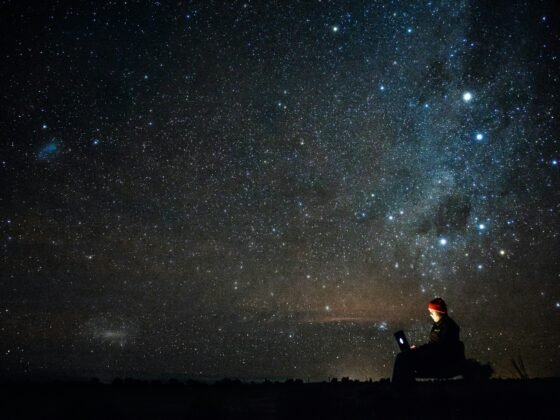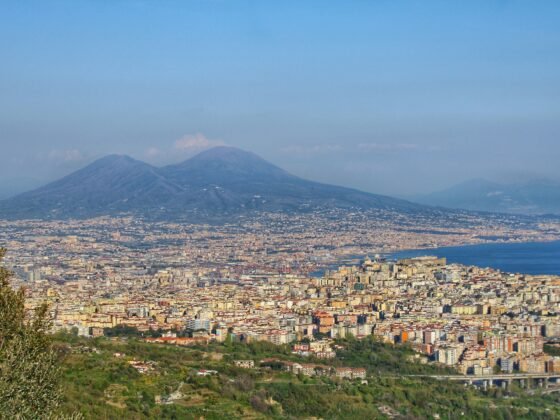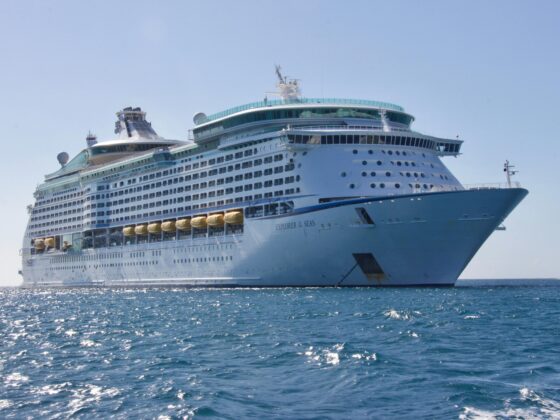Deserts have long captured the imaginations of great explorers, drawn to the vast arid plains that hold a great deal of mysticism. With remote villages, traditional desert dwellers and little-travelled tracks, these largest deserts in the world offer a truly unique journey. If you’re looking to make a documentary in any of these places, make sure you carry a sturdy video camera that will withstand harsh weather conditions.
Antarctic Desert
Yes the vast Antarctic region is classed as a polar desert. Comprised of 98% ice, the Antarctic is about twice the size of Australia and has reached a head-numbing low of −89 °C (−129 °F) in the past. There are no human inhabitants within the mighty Antarctic except for the seasonal crew stationed at the various research stations throughout Antarctica. A small proportion of the landscape is made up of tundra which supports endemic plants and creatures, such as penguins and seals.
Antarctic Desert Area; 5.339m sq. miles (13.8m sq. km)
Arctic Desert
The Arctic lies within the northern hemisphere and is also a polar desert. Comprising parts of Canada, USA, Russia and Europe, the Arctic is diminishing at an alarming rate, due to sea ice shrinkage. Winter is often characterised by -40 C temperatures whilst the summer season can reach up to 10C. The ice and tundra landscape supports muskox, polar bear, fox, wolf, seal and various whale species.
Arctic Desert Area; 5.3m sq. miles (13.7m sq. km)
Sahara Desert, North Africa
You’ll definitely need a skilled tour guide with a finely tuned sat nav system in order to navigate the mighty Sahara Desert! At nearly 9.5 million square kilometers, this is the largest and hottest desert on earth. Almost the same size as the USA, the Sahara spans twelve countries, which is almost all of North Africa. The subtropical Sahara has mighty sand dunes that can be up to 180 meters tall. The unbelievably hot and humid conditions produce harsh dust devils and sandstorms, yet for the very first time last year, snow fell in western Algeria!
Sahara Desert Area: 3.629m sq. miles (9.4 million sq. km)
Arabian Desert, West Asia
Also a subtropical desert, the Arabian is a fraction of the size of the Sahara, the next largest desert. Spanning eight countries in Western Asia, the day to night temperature difference is so vast that only a few creatures can survive here. The native lizards, oryx and gazelle often have to contend with freezing overnight conditions.
Arabian Desert Area; 900,000 sq. miles (2.3m sq. km)
Gobi Desert, China and Mongolia
The Gobi rose to prominence within the Mongol Empire period and is also home to several key cities along its Silk Road region. This cold winter desert sustains camel, ass, leopard and the occasional bear. They and the humans that call this place home must deal with one of the harshest environments on earth where the temperatures can range from −43 to 38 °C (-45 to 100 °F) in any one year.
Gobi Desert Area; 500,000 sq. miles (1.3m sq. km)
Kalahari Desert, Sub-Saharan Africa
The subtropical Kalahari is located in the African countries of Angola, Botswana, Namibia and South Africa. Several National Parks are located within the Kalahari such as the Central Kalahari Game Reserve, Kgalagadi Transfrontier Park and Chobe National Park. Many of the rivers have dried up with the only permanent river being the Okavango. Elephant, giraffe, cheetah and lion can be spotted on safari.
Kalahari Desert Area; 360,000 sq. miles (900,000 sq. km)
Patagonian Desert, Argentina and Chile
Spread across Argentina primarily, as well as a small area of Chile is the Patagonian Desert in South America. The steppe landscape is classed as a cold winter desert with temperatures barely making it past 12°C. The unique ecosystem can experience frost and snow during the summer as well as harsh year-round winds. The desert is still populated by a few sheep and goat herders; otherwise the main residents are the fox, iguana, puma, weasel and armadillo.
Patagonian Desert Area; 258,000 sq. miles (670,000 sq. km)












